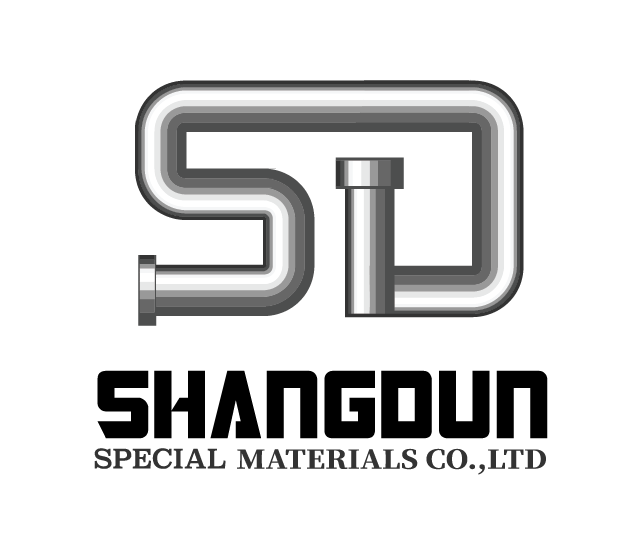Nickel-base and iron-nickel-based corrosion-resistant alloys have been successfully applied in some dangerous service conditions because of their good stress corrosion resistance, good manufacturing performance, good toughness, and wide applicability to corrosive environments. However, in a wide range of corrosive environments, these alloys are not immune to stress corrosion cracking. Under the combined effects of corrosive media, alloy microstructures, and stress conditions, corrosion-resistant alloys will exhibit SCC, which will increase with time. The SCC shield condition has gradually increased and has expanded from H2O-HF and HF acid in 1950 to nearly 20 species. It is mainly composed of aqueous solutions containing halogen elements, polythionic acid, acidic oil and gas wells containing H2S and CO2, high-temperature high-pressure water and caustic soda. In order to overcome the SCC problem of nickel-based and iron-nickel-based corrosion resistant alloys in these environments, a large amount of research work has been carried out and some SCC-resistant materials have been developed.
Leave Your Message
Post time: Jun-13-2018




